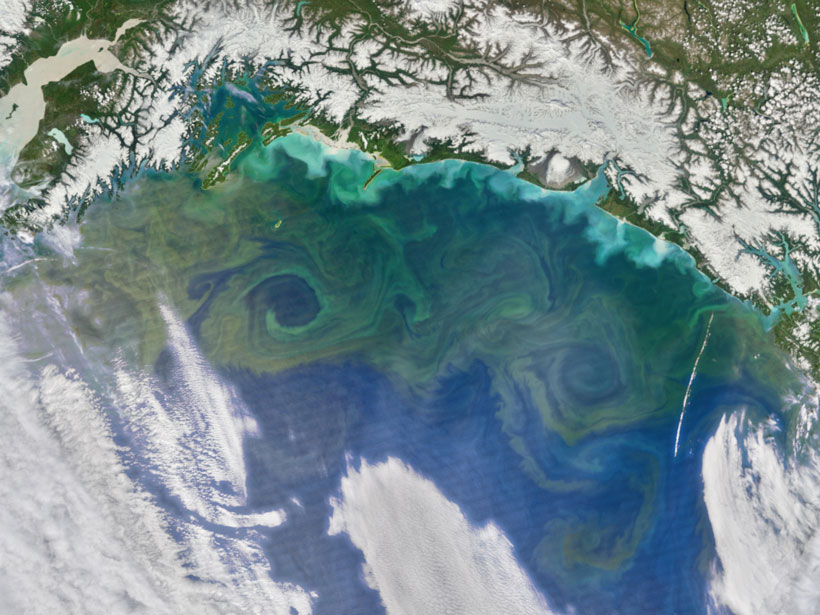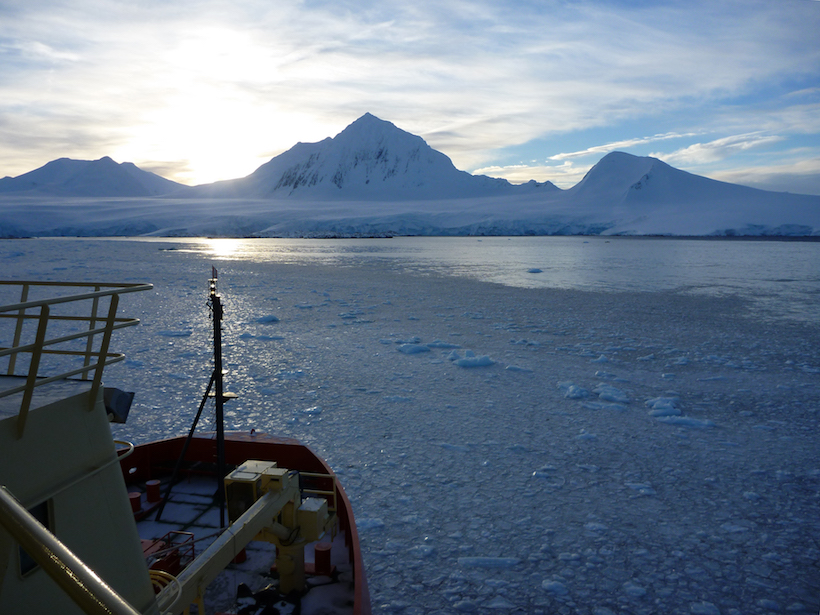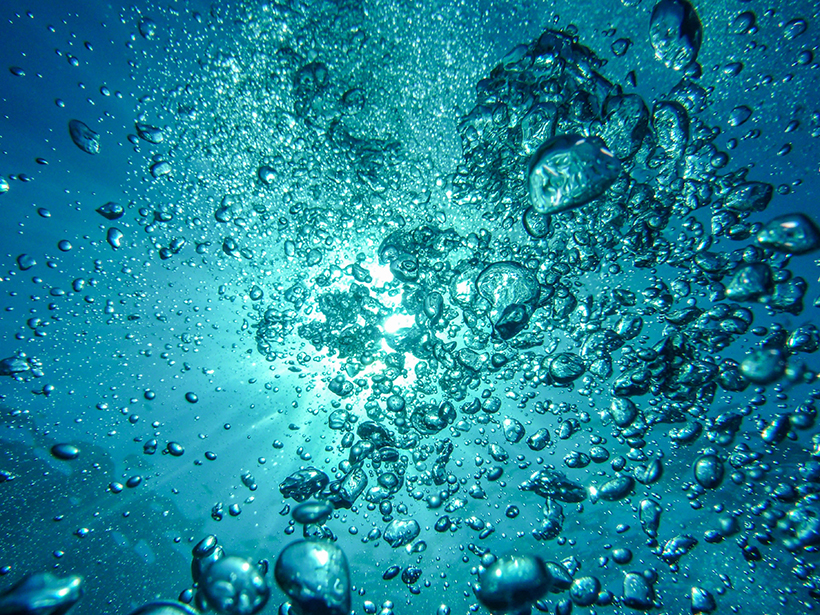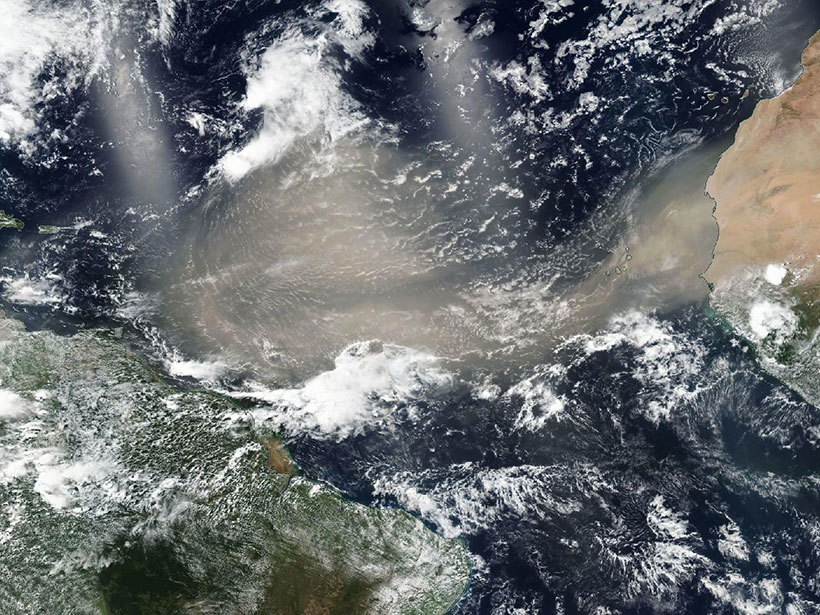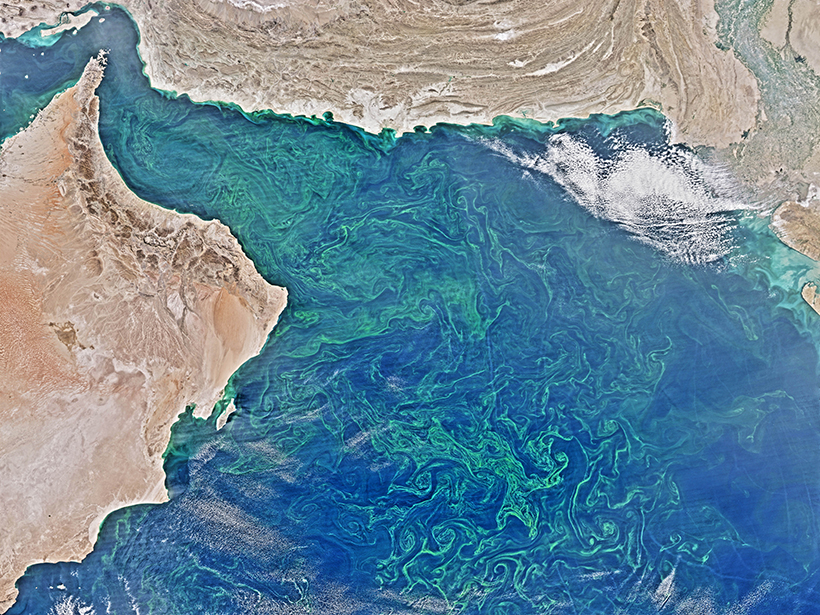A comparison of primary productivity measurements across the North Pacific Ocean demonstrates the potential for using autonomous instruments to discern effects of climate change on the marine food web.
Global Biogeochemical Cycles
How Long Does Iron Linger in the Ocean’s Upper Layers?
A new study refines our understanding of marine residence times of iron, which supports carbon-sequestering sea life, offering valuable data to inform biogeochemical models.
Jellies Transfer a Significant Amount of Carbon to the Deep Ocean
Jellyfish and sea salps aren’t getting the credit they deserve for their role in ocean carbon cycling, according to a new study.
Deep-Ocean Oxygen May Increase with Climate Change
A millennial-scale ocean simulation indicates that oxygen gains in the deep ocean may offset oxygen losses in the upper water layer under a protracted climate change scenario.
Trans-Atlantic Dusts May Not Enrich Amazon as Much as Thought
New research indicates that nutrient loads delivered to South American ecosystems by dust originating in Africa are far lower than suggested in previous studies.
New Recognition for Major Players in the Ocean’s Silicon Cycle
Tiny, shelled protists known as Rhizaria may be responsible for up to one fifth of the total amount of silica produced by the world’s oceanic organisms.
New Models Give Global Picture of Mercury Content in Oceans
Concentrations of methylated mercury in high latitudes show the importance of sunlight and biological activity for cycling the metal.
Anaerobic Activity Is a Big Contributor in Marine “Dead Zones”
Climate models that do not account for anaerobic microbial activity may underestimate future expansion of oxygen-depleted waters.
Sunlight Stimulates Brown Algae to Release Organic Carbon
Sargassum and other brown algae might be an underappreciated contributor of organic compounds called polyphenols to the open ocean.
Ship-Based Measurements Overestimate Southern Ocean Carbon Sink
New research suggests that combining ship- and float-based observations provides a more accurate measure of how much carbon the Southern Ocean absorbs.

